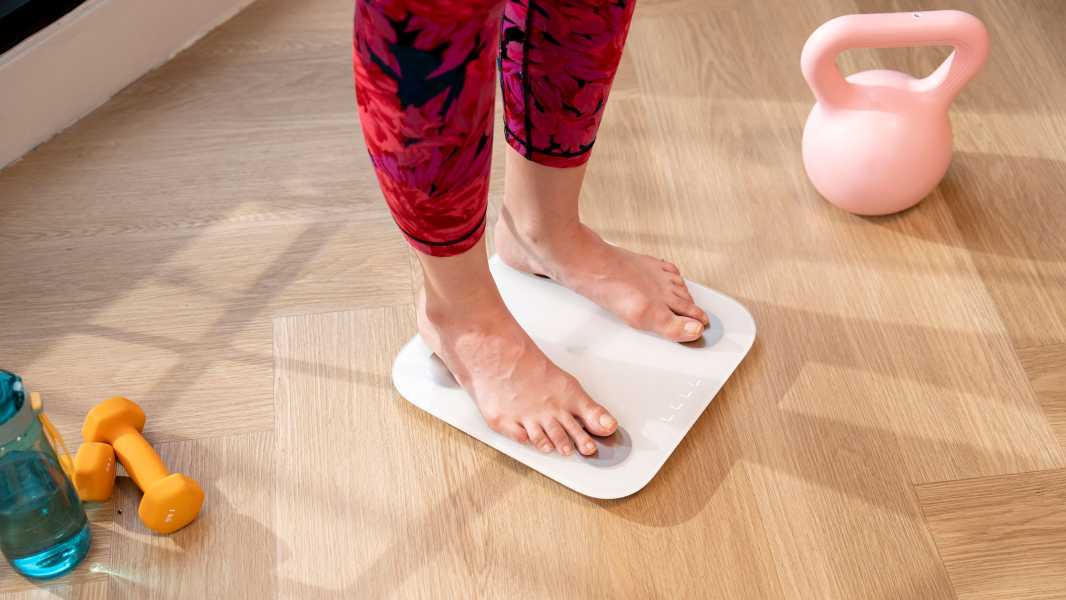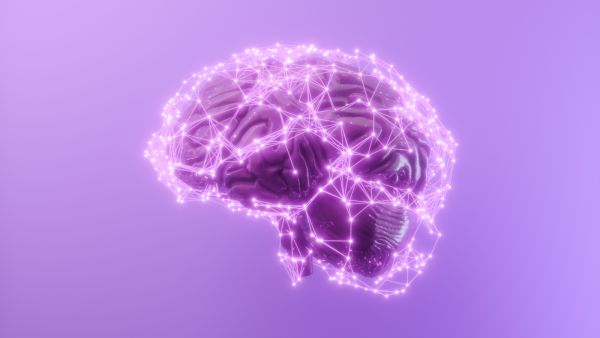
(Image credit: Getty Images) Jump to:
The number on the scale doesn’t tell the whole story. Your weight doesn’t take into account your body fat, muscle mass, or bone density, nor does it indicate how much of it is due to fluid retention or digested food. For example, two identical twins might weigh the same, but based on their body mass alone, one might be considered an athlete and the other obese. That’s the main problem that smart scales aim to solve.
Smart scales, also called body fat scales, not only show your weight and body mass index (BMI), but also provide information about your body composition and how it changes over time. They have a similar look and feel to traditional bathroom scales, but unlike them, these devices can connect to your phone and send measurements to a range of connected fitness apps.
Some of the best smart scales on the market can give you a detailed breakdown of your health stats, offer basic dietary advice, and even measure your heart rate. Their functionality goes well beyond what analog devices can do.
What are the possible benefits of using a smart scale?

Smart scales can measure body fat percentage, muscle mass, bone mass, and a host of other health indicators.
Smart scales aren’t just designed for fitness enthusiasts, but could also benefit a broad range of the population, Dr. Michael Cichak, a primary care physician and clinical reviewer at MEDvidi, a medical center in San Jose, California, told Live Science via email. “This includes athletes who want to track muscle mass to improve performance and recovery, older adults who need to monitor changes in bone density and muscle mass to prevent complications associated with sarcopenia [age-related loss of skeletal muscle], and people with chronic conditions like cardiovascular disease or diabetes, where body composition can influence management strategies for these conditions,” Cichak said.
However, he stressed that smart scales should not be considered diagnostic tools. They are not as accurate as clinically proven diagnostic methods such as the “gold standard” dual-energy X-ray absorptiometry (DEXA), which uses ionizing radiation to produce images of bone and soft tissue.
Sourse: www.livescience.com





